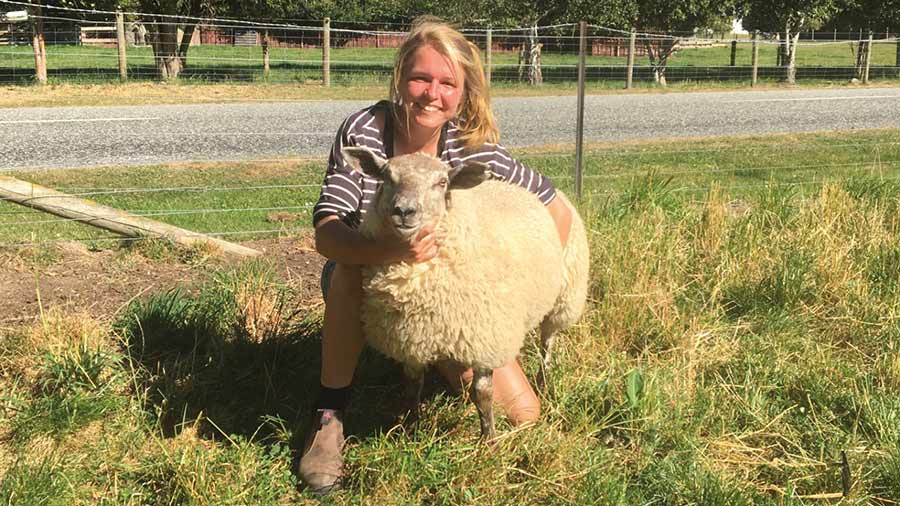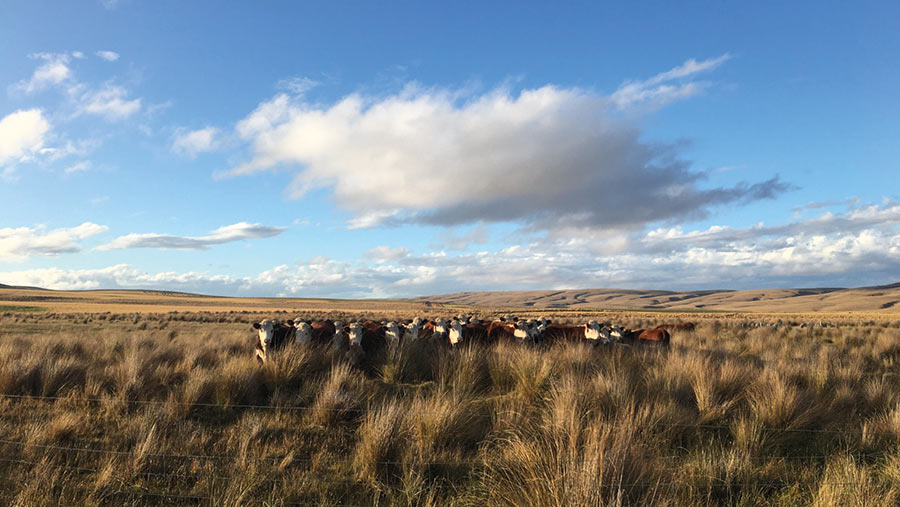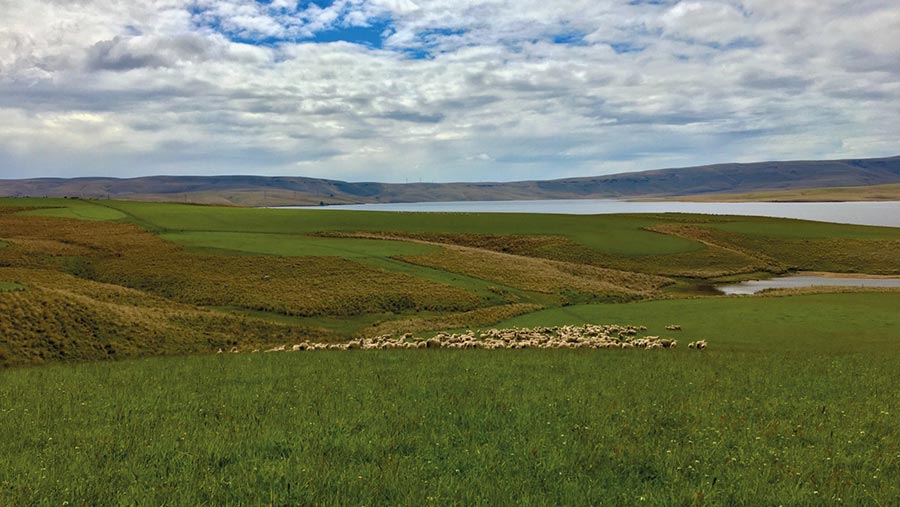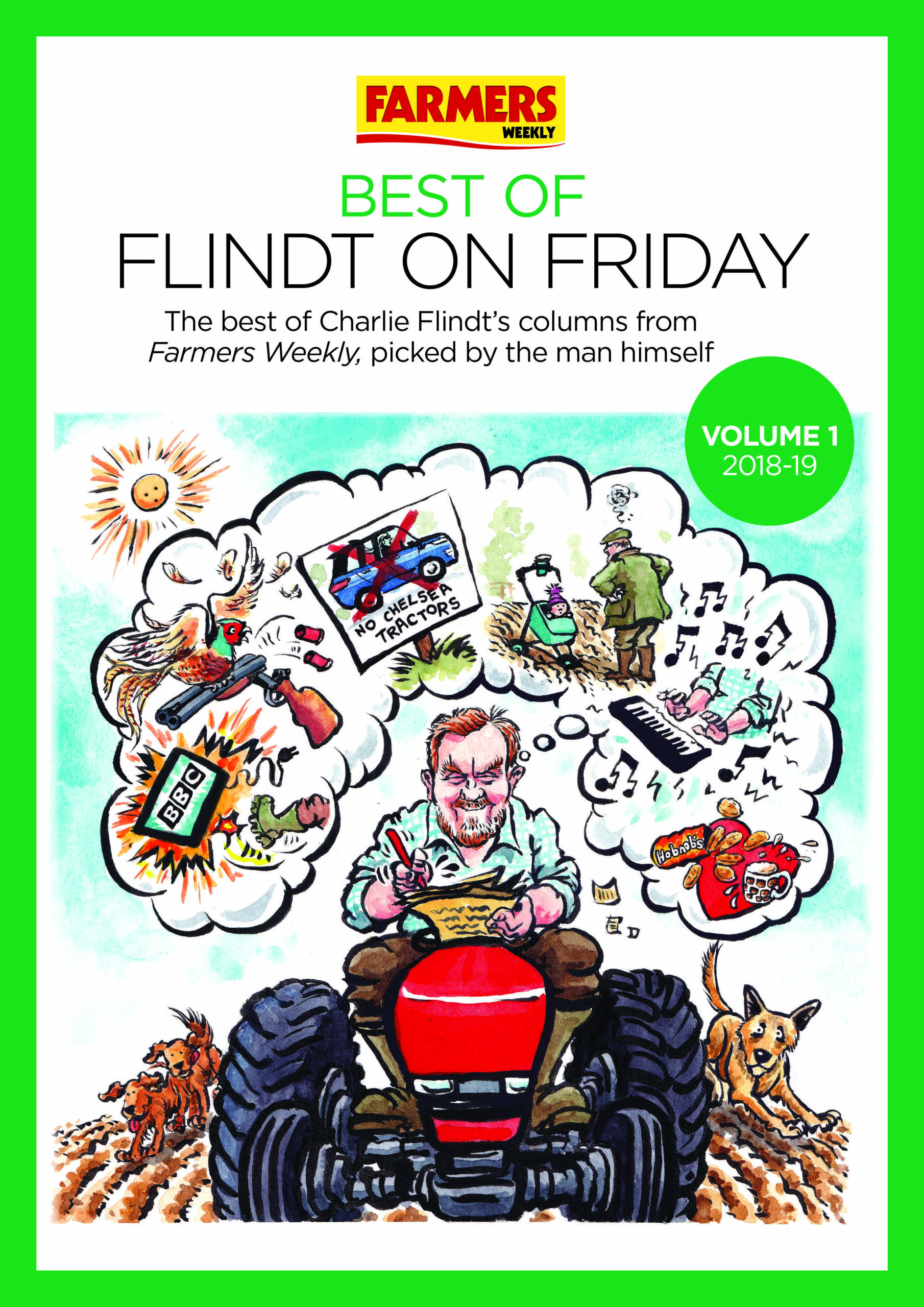New entrant chooses sheep farming over architecture career
 © Emily Davis
© Emily Davis Emily Davis chose farming over architecture and went from farm novice and new entrant to skilled stockwoman in New Zealand. She explains how her transition came about.
One sunny morning this lambing season, which down here on the South Island starts in early October, I was standing on a clover-speckled hillside when I had a strange sense my farming journey had come full circle.
Plastered in mud from being towed along by a ewe (a hazard of working with 80kg sheep when you’re not the biggest and have a tendency towards clumsiness), I was gently swinging a reluctant-to-breathe lamb by its back legs, much to the intrigue of my lambing assistant.
See also: Lucy Nott – don’t dub me a farmer’s wife
It reminded me of the moment George, one of my first mentors in the art of shepherding, had roared with laughter when a mule ewe had dragged the then-17-year-old me 50m across a Yorkshire field.
Back then I had been the student hanging onto his every word, but now I was the teacher. As the lamb sneezed and shook its head, my apprentice and I cheered.
My time at George’s farm was the start of a journey that ultimately led me to New Zealand, but it was nearly a different story entirely.
Architect plans
Although I grew up in rural Lincolnshire, fascinated by the surrounding arable fields and strange machines that chugged up and down spitting out dust, I thought farming was a career you had to be born into. I planned to become an architect.
However, one week in an architect’s office motivated me to find a way of being involved in agriculture without actually owning land.
I went to the local farm to find out what the dusty machines were doing and what exactly you had to do to drive one.
Two hours, a turn in the combine driving seat, and several extremely wonky straw swaths later, I had been bitten, quite hard, by a dangerous affliction: the farming bug.
The farming bug later took me to Yorkshire and Devon, where I found my primary passion – sheep – and learned the toughest lesson of them all: where there’s livestock, there’s deadstock.
This is still hard, knowing that you’ve tried everything and then some, but still aren’t able to save every animal.
The bug took me to university in Nottingham, with a detour to the Loire Valley for a crash course in producing French cheese and wine (sampled purely for coursework research, of course).
It was in a meeting with some French dairy technicians that the idea of going to New Zealand came up.
So, after graduation, I worked the harvest to save up for a plane ticket and set off on a sixth-month adventure. Only three months into milking cows in the Waikato, I knew I had to stay longer.

© Emily Davis
Wealth of opportunity
Working for sharemilkers, who had worked their way up from nothing to owning 400 cows and all their own farm machinery, demonstrated that in New Zealand there was a wealth of opportunity for people like me.
This system of share farming and equity partnership could benefit more people in the UK as a path for newcomers to work towards farm ownership.
As much as I loved the Waikato and the cows, there was still a small, woolly, ruminant-shaped piece of the jigsaw missing.
I headed further south in the middle of winter to a sheep and beef station, in what turned out to be the coldest region of New Zealand – central Otago.
Working on a hill country station with 14,000 sheep and 1,000 breeding cows means one day I might be in the tractor cultivating paddocks to be sown out in winter forage crops, the next I might be out on the quad bringing in a mob of sheep for dipping.

© Emily Davis
Or, as it turned out this year, in the passenger seat of a helicopter looking for 17 escaped cows in 10,000ha of neighbouring conservation land.
The scale is vast. Even having spent three years here, there are still a couple of blocks that I haven’t been in.
I’ve heard it said that New Zealand farming is just a numbers game, but above all compassion and good stockmanship are essential: each and every animal counts.
In the Halfbred (Merino cross Romney) flock, we are introducing electronic ID recording at shearing and weaning, with the aim of breeding the perfect sheep: 5kg of 26-micron fleece, weaning two lambs and also resistant to foot-rot (not too much of a tall order, then).
I am also experimenting with crossing a few different breeds to produce the perfect terminal sire for the commercial cross-bred flock.
Every time I drive down after a day’s work at the highest part of the farm, looking out over a sunset painting the sky red, orange and purple above the Teviot Valley 930m below, I marvel at how fortunate I am that these open and wild spaces are my office.
Constant learning curve
I’m on a constant learning curve, but one of the things that’s captivated me from the outset has been how many hats you have to wear in any one day.
One minute you’re a mechanic changing the points on the cultivator; the next a diplomat because there is a mob of lambs you just accidentally put in an angry villager’s garden (mortifying, let’s move on).

© Emily Davis
You might be a plant scientist surveying a swath of clover and grass and deciding the best day to mow it; then a dog trainer, watching something click in a young pup’s brain.
Eventually, I hope to have a piece of ground and some sheep to call my own, whether that is in New Zealand, back in the UK, or elsewhere.
Wherever it is, I’ll never forget the sound of George’s laugh as that ewe dragged me across the field.

